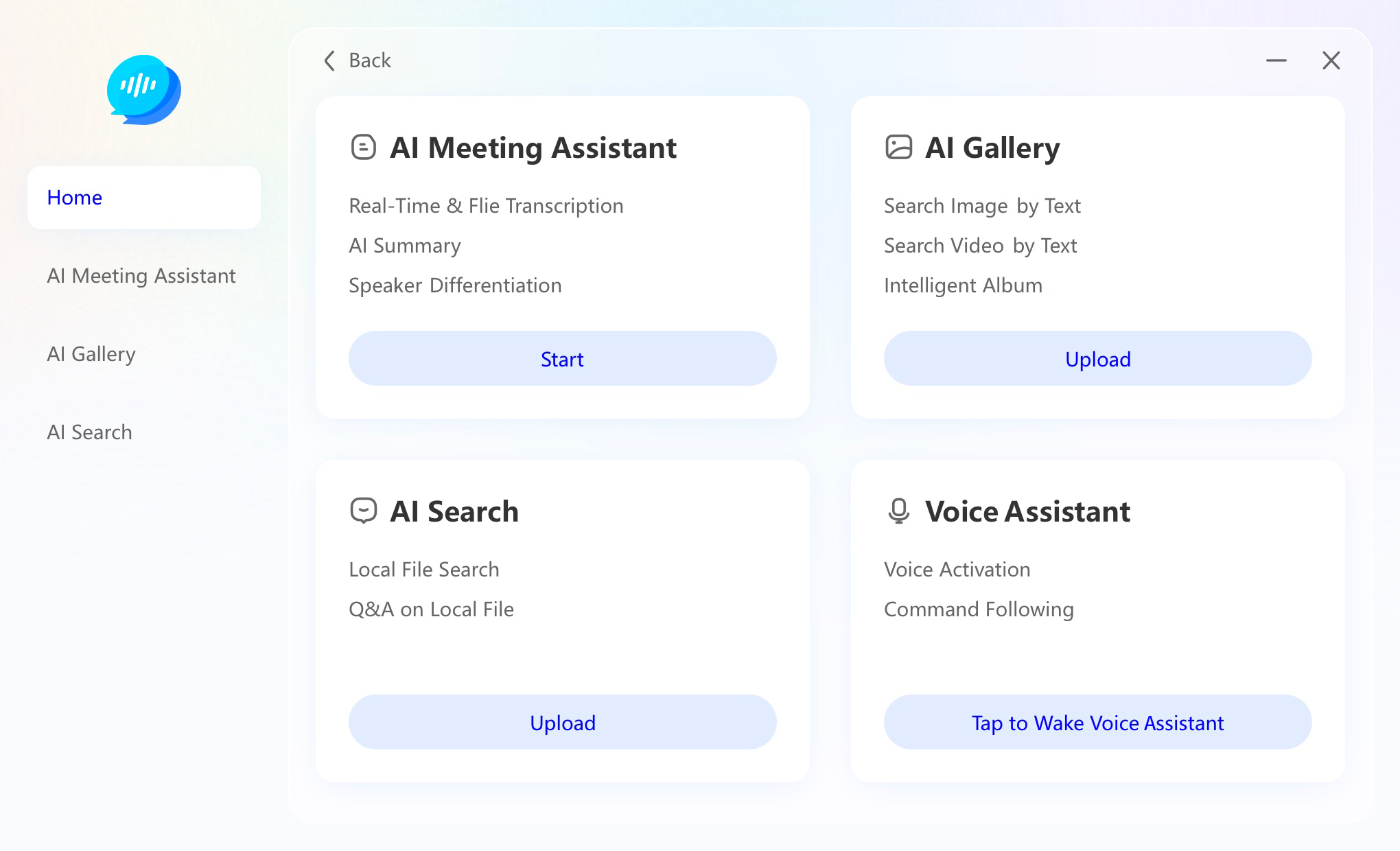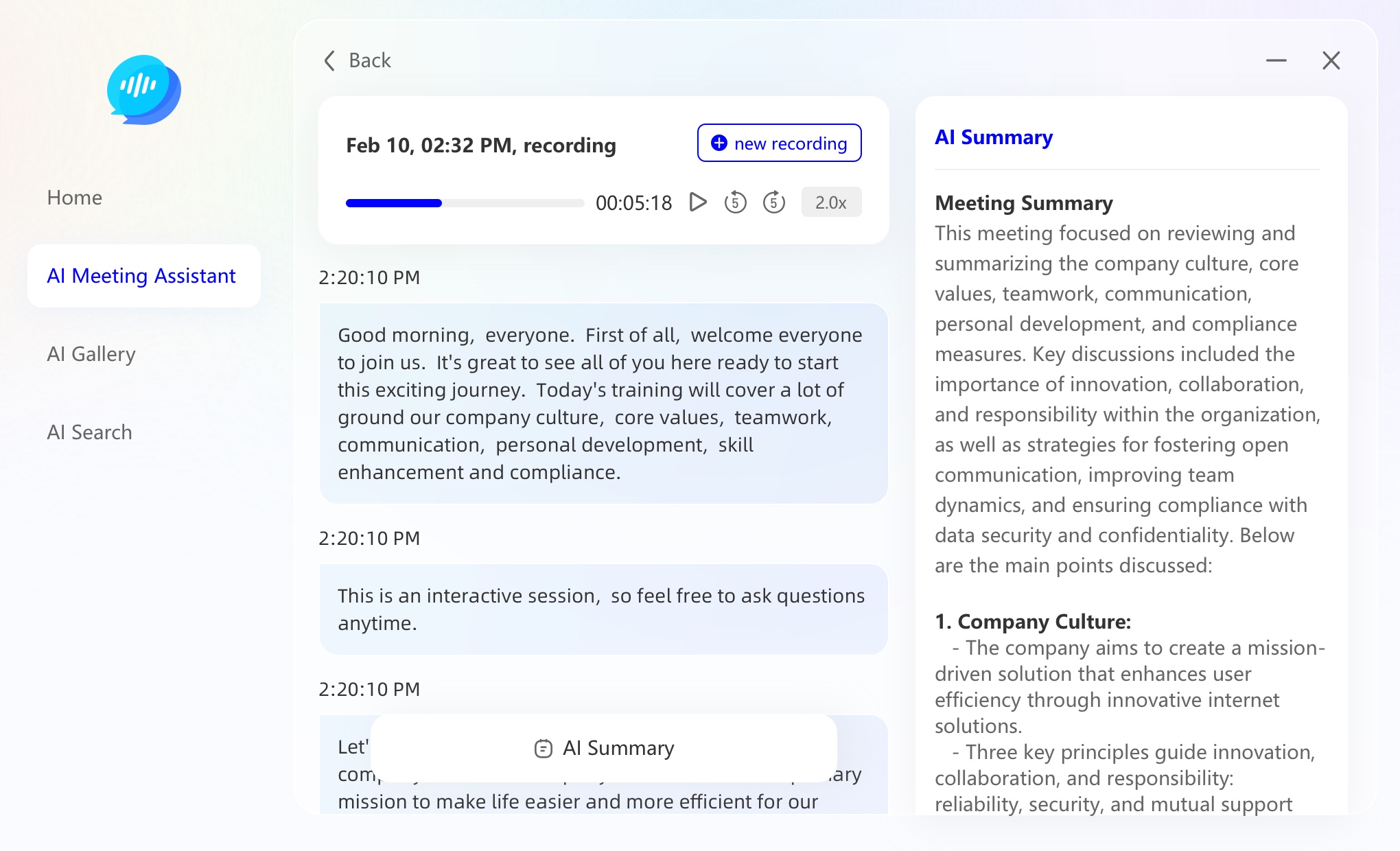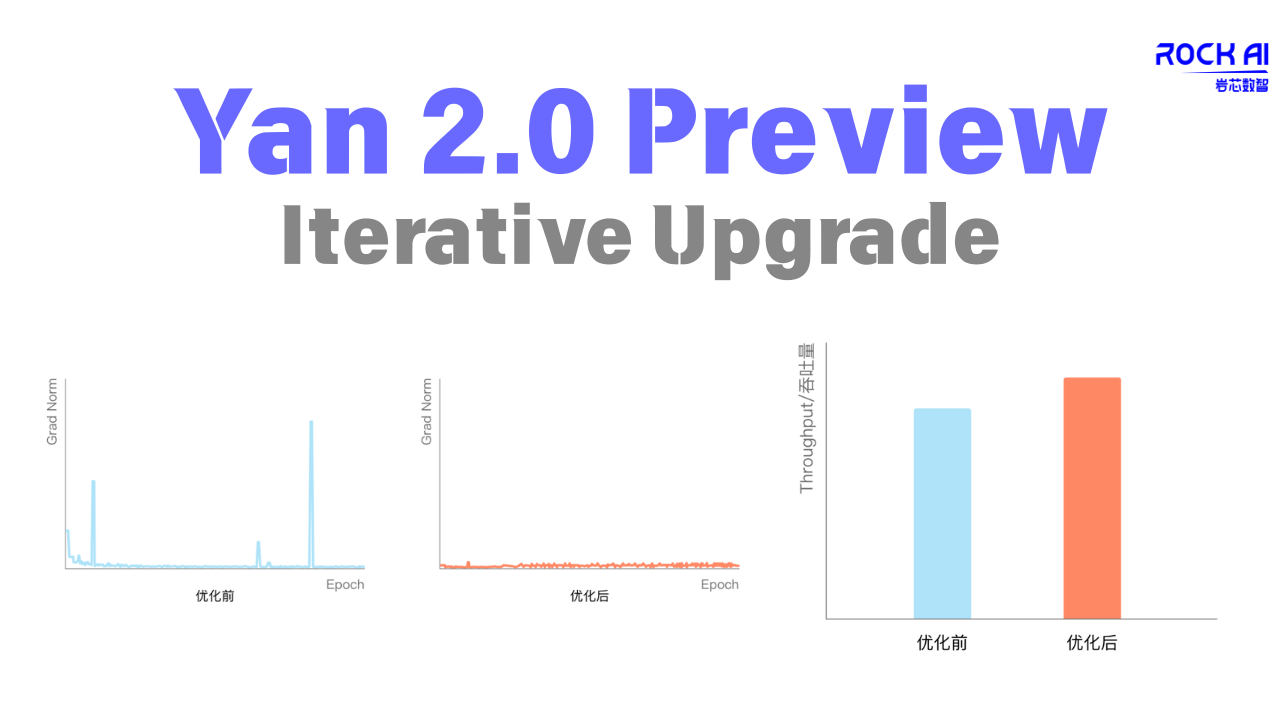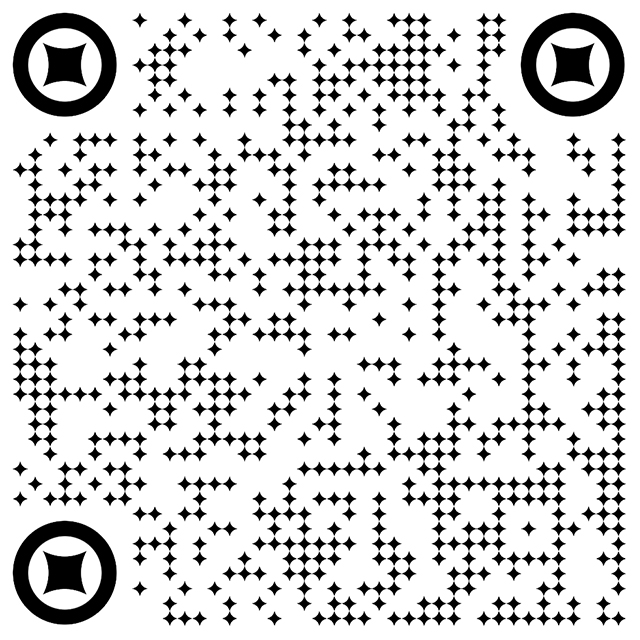Technical Insights
2025年03月05日
True Edge AI | AIPC is not just a PC that can run AI functions
分享
True Edge AI Debuts at MWC 2025!
At the 2025 Mobile World Congress (MWC Barcelona 2025), a leading overseas brand grandly launched the AIPC product. This AIPC is equipped with True Edge AI-the Yan architecture large model. The Yan architecture large model is based on a non-Transformer architecture and has full-scene offline capabilities, marking the beginning of a new era for the large-scale implementation of edge AI.(Due to commercial confidentiality requirements, the name of the partner will not be disclosed, hereinafter referred to as the leading overseas brand.)
This release marks the transition of the consumer electronics field from "cloud dependency" to the "edge autonomy" era.
I.Technological Revolution
Why the Yan Architecture Large Model Defines "True Edge AI"
1. Disruptive Innovation of Non-Transformer Architecture
Traditional large models are based on Transformer architecture, which is limited by the computational power black hole of the Transformer architecture. Even if they claim to be "edge deployed," they still rely on cloud collaboration or have limited functionality when running offline.
Therefore, deploying PCs with Transformer architecture large models has obvious limitations. The architecture is based on the Transformer architecture, requiring cloud computing power to complete complex tasks (such as multilingual translation and long text generation), which essentially remains a "cloud + edge" hybrid model. The hardware threshold is high, relying on dedicated NPU chips or high-end GPUs, making it difficult to implement on ordinary consumer-grade PCs. In offline scenarios, ordinary consumer-grade PCs can only achieve "lightweight AI functions" (such as voice wake-up and basic image processing).
In an industry where "edge AI" is generally equated with "cloud collaboration," RockAI's Yan architecture large model, as a globally leading non-Transformer architecture large model, is referred to as "true edge AI" primarily because it breaks through the technical boundaries at the architectural level.
Based on disruptive innovation at the architectural level, the Yan architecture large model eliminates the dependence on cloud computing power, allowing it to run smoothly even under limited computing conditions. It significantly enhances local inference efficiency, efficiently processing various modal information such as voice, images, and text, and adapting to diverse terminal devices like smartphones, AIPC, robots, and drones.
2. True Edge Standard: From "Functional Fragmentation" to "Scene Closed Loop"
As mentioned earlier, the current state of edge AI in the industry is that only AI sub-modules (such as voice input) run locally, while some functions require real-time feedback to the cloud to complete core logic (such as semantic understanding). This leads to functional defects or paralysis in offline environments and poses data privacy risks (user dialogue content is transmitted through cloud servers), thus limiting scenarios to focus on "single-point optimization" (such as meeting minutes template generation) and lacking cross-scenario coherence.
In contrast, the true edge AI defined by the Yan architecture large model has the following characteristics:
Fully offline operation, ensuring privacy and security
Zero cloud interaction, data is never transmitted externally. After the network card is removed from the device, the task response speed remains at the millisecond level (other AIPC devices can only call pre-stored templates in offline mode).
Low power consumption adaptation
Ordinary PC hardware can run smoothly, achieving full localization of multimodal tasks on a regular laptop equipped with an Intel Core i5 processor.
Scene Generalization
Comprehensive coverage of office/creation/life scenarios.
It is evident that the traditional AIPC's "edge" is merely an extension of cloud capabilities, while the Yan architecture large model achieves full-function offline AI, such as AI meeting assistant, AI photo album, voice assistant, and AI knowledge base, for the first time on consumer-grade hardware.
II.Scene Revolution
How AIPC Reshapes Productivity Tools
Directly addressing users' urgent needs for data security and offline AI.

1. AI Meeting Assistant: A Meeting Assistant Without Internet
· Real-time tranion in Chinese/English/Russian, accurately distinguishing speakers in noisy environments.
· Offline generation of to-do lists, with full localization for confidential meetings.

2. AI Photo Album: An Efficient and Accurate Image Search Assistant
· Efficient and accurate image search based on semantic understanding and image processing capabilities of a multimodal large model.
3. Voice Assistant: An intelligent assistant for voice communication at any time
· Supports voice wake-up (in noisy environments, with millisecond-level response) and command following.
4. AI Knowledge Base: An AI Q&A tool based on local materials
· Intelligent retrieval of local documents, with second-level accurate positioning, eliminating cross-border data risks.
III. New Paradigm for Going Global
The internationalization imagination space of edge AI
This leading overseas brand's collaboration with RockAI marks,the first time that a multimodal large model has achieved full offline operation on consumer-grade PC and it is also the first time that edge devices meet three major hard indicators: full offline multimodal tasks (voice/text/image), consumer-grade hardware supporting complete large models, and native AI capabilities for minority languages.
This signifies the evolution of AI hardware from a tool that "connects to the cloud" to a subject that "possesses local intelligence." At the same time, it completes the commercialization loop in markets with strict data regulations, becoming a breakthrough tool in regions sensitive to data sovereignty.
In conclusion
When AI truly enters everyone's pocket
This collaboration between the leading overseas brand and RockAI is essentially a redefinition of the AIPC offline scenario.
AIPC is not just a "PC that can run AI functions" relying on the cloud; the new standard defined by AIPC, which deploys the Yan architecture large model, is "autonomous intelligent terminal"—a closed-loop on the edge with privacy security.
The Yan architecture large model marks a turning point for edge AI from "usable → user-friendly." In the future, RockAI is willing to work with partners to build a global edge AI ecosystem. With its powerful foundational capabilities, the Yan architecture large model will be more widely deployed on devices such as smartphones, AIPC, laptops, robots, and drones, allowing more users to experience the AI capabilities of the Yan architecture large model and contribute to the realization of AI accessibility.







